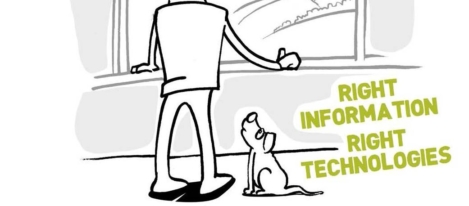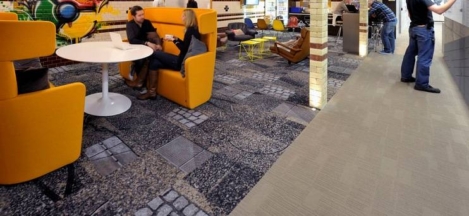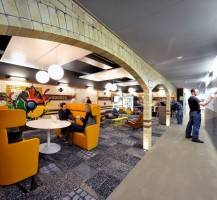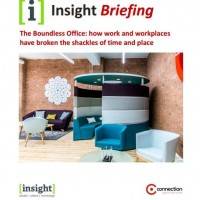March 15, 2016
US businesses wasting $1.8 trillion annually on mundane tasks 0
 A new report from enterprise software firm Samanage, claims that US businesses are wasting up to $1.8 trillion annually on repetitive and mundane tasks that could easily be automated, leaving people free to carry out more productive and creative work. The Samanage State of Workplace Survey, polled around 3,000 US working adults and claims that workers spend an average of 520 hours a year – more than one full day’s work each week – on repetitive services and tasks that could be easily automated, such as, password reset requests, contract reviews and approvals, office supply requests and performing other simple administrative tasks. In addition to lost time and money, the survey also claims employees are skirting organisational IT policy. Outdated technology is holding employees in the modern workforce back from driving process efficiency and identifying ways to make their work life better.
A new report from enterprise software firm Samanage, claims that US businesses are wasting up to $1.8 trillion annually on repetitive and mundane tasks that could easily be automated, leaving people free to carry out more productive and creative work. The Samanage State of Workplace Survey, polled around 3,000 US working adults and claims that workers spend an average of 520 hours a year – more than one full day’s work each week – on repetitive services and tasks that could be easily automated, such as, password reset requests, contract reviews and approvals, office supply requests and performing other simple administrative tasks. In addition to lost time and money, the survey also claims employees are skirting organisational IT policy. Outdated technology is holding employees in the modern workforce back from driving process efficiency and identifying ways to make their work life better.







































March 11, 2016
What that story about menstrual leave teaches us about flexible working 0
by Mark Eltringham • Comment, Flexible working, Technology, Workplace
More →